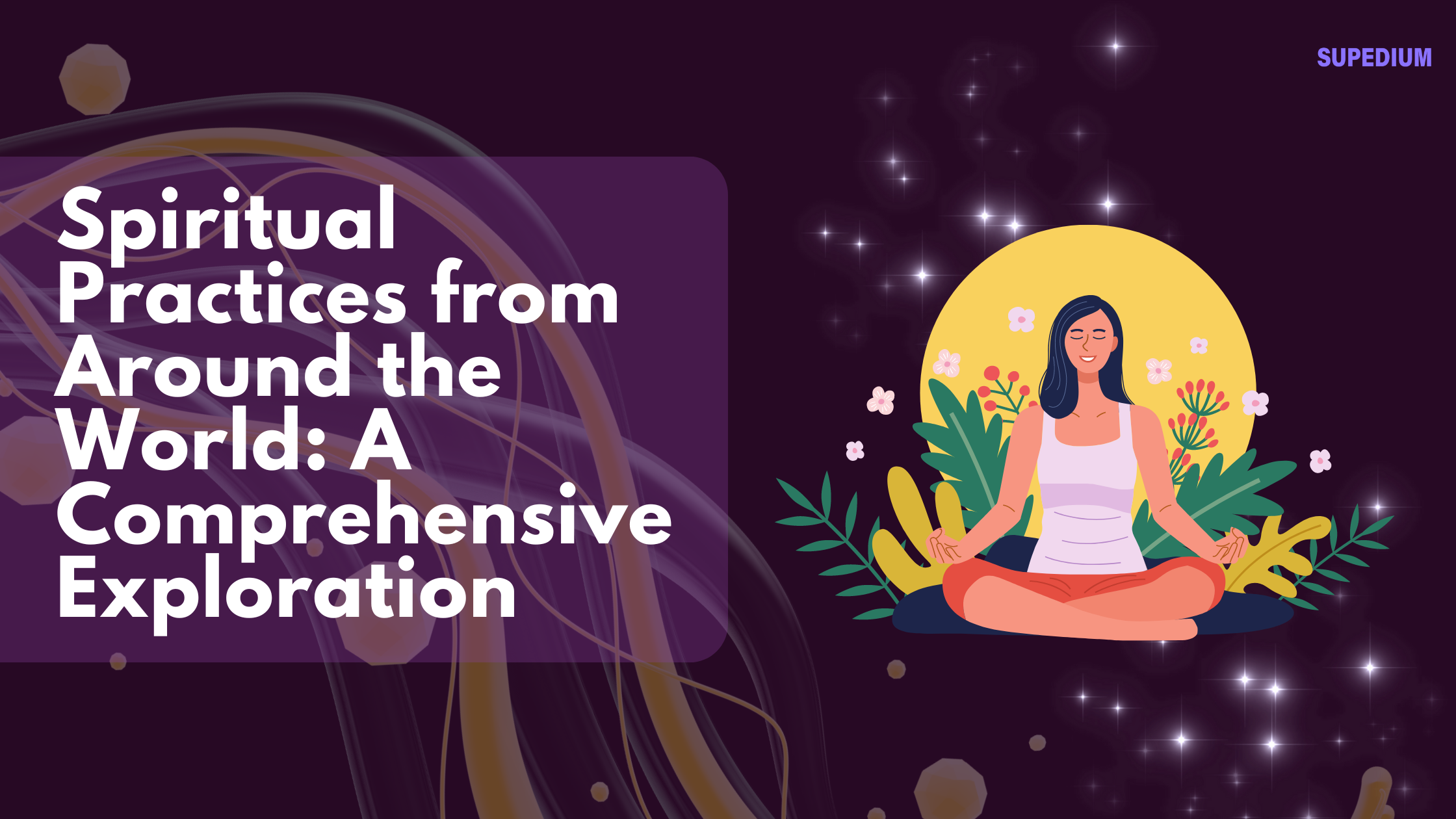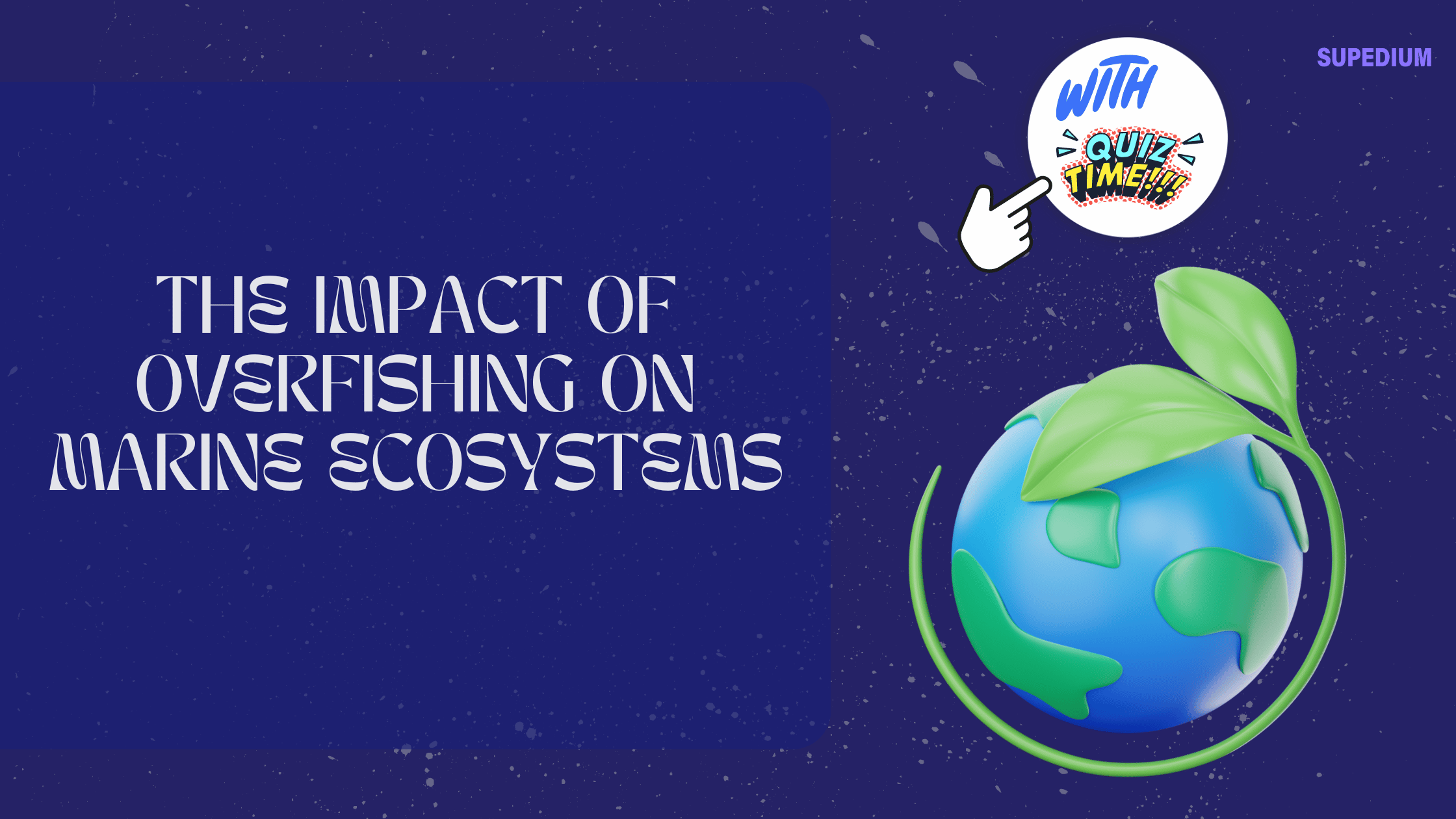Table of Contents
![]()
Introduction
Spiritual practices are integral to human experience, providing pathways to connect with the divine or a higher power, seek personal growth, and find meaning in life. These practices, ranging from meditation to rituals, are deeply embedded in the cultural fabric of societies worldwide. Understanding spiritual practices across different cultures not only highlights our shared quest for meaning but also fosters respect and appreciation for diverse traditions. This article explores various spiritual practices from around the world, offering insights into their significance and variations.
Major Spiritual Traditions and Practices
Hinduism
Yoga
Yoga is one of the most widely recognized spiritual practices originating from Hinduism. It encompasses a variety of practices aimed at achieving spiritual insight and self-realization. The primary types of yoga include Hatha Yoga, which focuses on physical postures and breathing techniques; Bhakti Yoga, which emphasizes devotion and love for a personal deity; Karma Yoga, which involves selfless action and service; and Jnana Yoga, the path of wisdom and knowledge. Each type of yoga offers a distinct approach to spiritual growth and personal transformation.
Meditation
Meditation in Hinduism is a practice aimed at quieting the mind and attaining a higher state of consciousness. Techniques such as Transcendental Meditation involve the silent repetition of a mantra to transcend ordinary thought and achieve a state of pure awareness. Mantra Meditation, another form, uses sacred sounds or phrases to focus the mind and deepen spiritual understanding. These practices are deeply rooted in Hindu philosophy and are essential for achieving spiritual enlightenment.
Puja
Puja is a ritual worship practice in Hinduism that involves offering prayers, flowers, and other symbolic items to deities. These ceremonies can be performed daily at home or during special festivals at temples. The ritual is a means of expressing devotion, seeking blessings, and connecting with the divine. Puja varies widely in its form and complexity, reflecting the diverse ways in which Hindus express their spirituality.
Buddhism
Mindfulness and Vipassana Meditation
Mindfulness and Vipassana Meditation are central practices in Buddhism. Mindfulness involves paying attention to the present moment with a non-judgmental attitude, fostering awareness and clarity. Vipassana Meditation, often practiced during extended retreats, focuses on insight into the true nature of reality by observing bodily sensations and mental processes. Both practices aim to develop wisdom, reduce suffering, and achieve enlightenment.
Zen Practice
Zen Buddhism emphasizes direct experience and personal insight through meditation. Zazen, or seated meditation, is a fundamental practice in Zen, where practitioners sit in a specific posture and focus on their breath to cultivate a state of inner peace and clarity. Zen also teaches the concept of satori, or sudden enlightenment, which is an intuitive understanding of one’s true nature.
Lama and Monastic Life
In Tibetan Buddhism, lamas (spiritual teachers) and monks play a crucial role in preserving and teaching Buddhist teachings. Monastic life involves rigorous discipline, meditation, and study of scriptures. Rituals, such as the creation of sand mandalas and chanting of mantras, are integral to monastic practice, aiming to benefit both practitioners and the wider community.
Islam
Salat (Prayer)
Salat, the Islamic practice of ritual prayer, is a cornerstone of Islamic worship. Muslims perform five daily prayers at prescribed times, facing the Kaaba in Mecca. These prayers involve a sequence of physical movements and recitations that reaffirm faith, seek guidance, and maintain a connection with Allah. Salat serves as a reminder of the divine presence and reinforces spiritual discipline.
Sufism
Sufism represents the mystical dimension of Islam, emphasizing the inward search for God and the purification of the soul. Practices such as Dhikr (remembrance of God) involve repeating divine names or phrases to achieve spiritual closeness. The Whirling Dervishes, known for their spinning dance, are a well-known Sufi practice aimed at achieving a state of spiritual ecstasy and unity with the divine.
Hajj (Pilgrimage)
Hajj is an annual Islamic pilgrimage to Mecca, obligatory for all Muslims who are physically and financially able to undertake it. The pilgrimage includes a series of rituals performed over several days, including the Tawaf (circumambulation of the Kaaba) and the Sa’i (walking between the hills of Safa and Marwah). Hajj symbolizes submission to Allah and fosters a sense of global Muslim unity.
Christianity
Contemplative Prayer
Contemplative prayer in Christianity involves deep, reflective communication with God. Techniques such as Centering Prayer and Lectio Divina focus on listening and responding to God’s presence rather than petitioning or asking for specific outcomes. These practices seek to cultivate a deep relationship with the divine through quiet reflection and scriptural meditation.
Sacraments
Sacraments are ritual practices in Christianity that convey spiritual grace. Key sacraments include Baptism, which initiates individuals into the Christian faith; the Eucharist, a symbolic act of communion with Christ; and Confession, a practice of seeking forgiveness. These rituals reinforce communal bonds and personal spirituality within the Christian tradition.
Mysticism
Christian mysticism involves the pursuit of direct, experiential knowledge of God. Mystics such as St. Teresa of Ávila and St. John of the Cross wrote extensively about their experiences of divine union and spiritual ecstasy. Their writings offer insights into the mystical path, characterized by intense prayer, meditation, and inner transformation.
Judaism
Kabbalah
Kabbalah is a mystical tradition within Judaism that explores the nature of God and the universe through esoteric interpretations of the Torah. Practices such as meditation and contemplation aim to understand the divine mysteries and achieve spiritual enlightenment. Kabbalistic teachings, including the concept of the Ein Sof (infinite light), provide a framework for mystical exploration.
Shabbat
Shabbat, the Jewish Sabbath, is a weekly day of rest and spiritual renewal. Observed from Friday evening to Saturday evening, Shabbat involves various rituals such as lighting candles, reciting prayers, and sharing festive meals. It serves as a time for family, community, and spiritual reflection, emphasizing the importance of rest and connection to God.
Tefillah (Prayer)
Tefillah refers to Jewish prayer, which is central to daily life and worship. The Shema, a declaration of faith, and the Amidah, a series of blessings, are key components of Jewish prayer services. These prayers are recited at specific times and serve to strengthen one’s relationship with God and seek divine guidance.
Indigenous Spiritual Practices
Native American Spirituality
Native American spiritual practices are deeply connected to nature and the land. Rituals such as vision quests and sweat lodges are used for personal growth, healing, and seeking spiritual guidance. These practices reflect a holistic view of the world, where spiritual well-being is intertwined with the natural environment and ancestral traditions.
African Traditional Religions
African Traditional Religions encompass a diverse range of spiritual practices across the continent. Common elements include ancestor worship, where individuals seek guidance and blessings from deceased relatives, and divination, which involves interpreting signs and symbols to gain insight into personal and communal issues. Rituals and ceremonies play a central role in maintaining harmony and addressing life’s challenges.
Aboriginal Australian Spirituality
Aboriginal Australian spirituality is characterized by a deep connection to the land and Dreamtime stories. Dreamtime refers to the creation period when ancestral beings shaped the world and its features. Rituals, such as corroborees (ceremonial dances) and storytelling, reinforce cultural identity and spiritual beliefs, emphasizing the sacredness of the land and its ongoing connection to the present.
Contemporary Spiritual Movements
New Age Spirituality
New Age Spirituality represents a modern, eclectic approach to spirituality, often combining elements from various traditions. Practices such as crystal healing, astrology, and energy work reflect a holistic view of the universe and personal well-being. New Age practitioners seek to integrate spiritual insights into daily life, blending traditional wisdom with contemporary beliefs.
Spiritual but Not Religious (SBNR)
The Spiritual but Not Religious (SBNR) movement emphasizes personal spiritual exploration outside traditional religious institutions. Individuals who identify as SBNR may engage in practices such as meditation, yoga, or personal rituals, seeking spiritual fulfillment and meaning on their own terms. This movement reflects a growing trend toward individualized spirituality.
Digital Age Spirituality
In the Digital Age, spirituality has expanded into online spaces, with virtual communities and resources offering new avenues for spiritual engagement. Online meditation groups, spiritual apps, and social media platforms facilitate connections and share practices across geographic boundaries. The digital realm provides opportunities for diverse spiritual expressions and global collaboration.
Comparative Analysis
Similarities Across Practices
Despite cultural differences, many spiritual practices share common themes. Meditation, prayer, and rituals are prevalent in various traditions, serving to deepen spiritual understanding and foster a sense of connection. These practices often aim to achieve enlightenment, inner peace, or communion with the divine, reflecting universal human aspirations.
Differences Across Practices
Cultural specificity shapes the form and expression of spiritual practices. Rituals, symbols, and beliefs vary widely, influenced by historical, cultural, and philosophical contexts. Approaches to the divine also differ, ranging from monotheism to polytheism and pantheism, illustrating the rich diversity of spiritual perspectives.
Conclusion
Spiritual practices from around the world offer a rich tapestry of human expression and experience. By exploring these diverse traditions, we gain a broader understanding of the various ways people seek meaning, connection, and personal growth. Recognizing the value of these practices enhances intercultural respect and fosters a deeper appreciation for the shared quest for spiritual understanding. As global interactions continue to evolve, the study of spiritual practices remains a vital avenue for exploring the commonalities and differences that shape our collective spiritual journey.
Share This





Be the first to comment